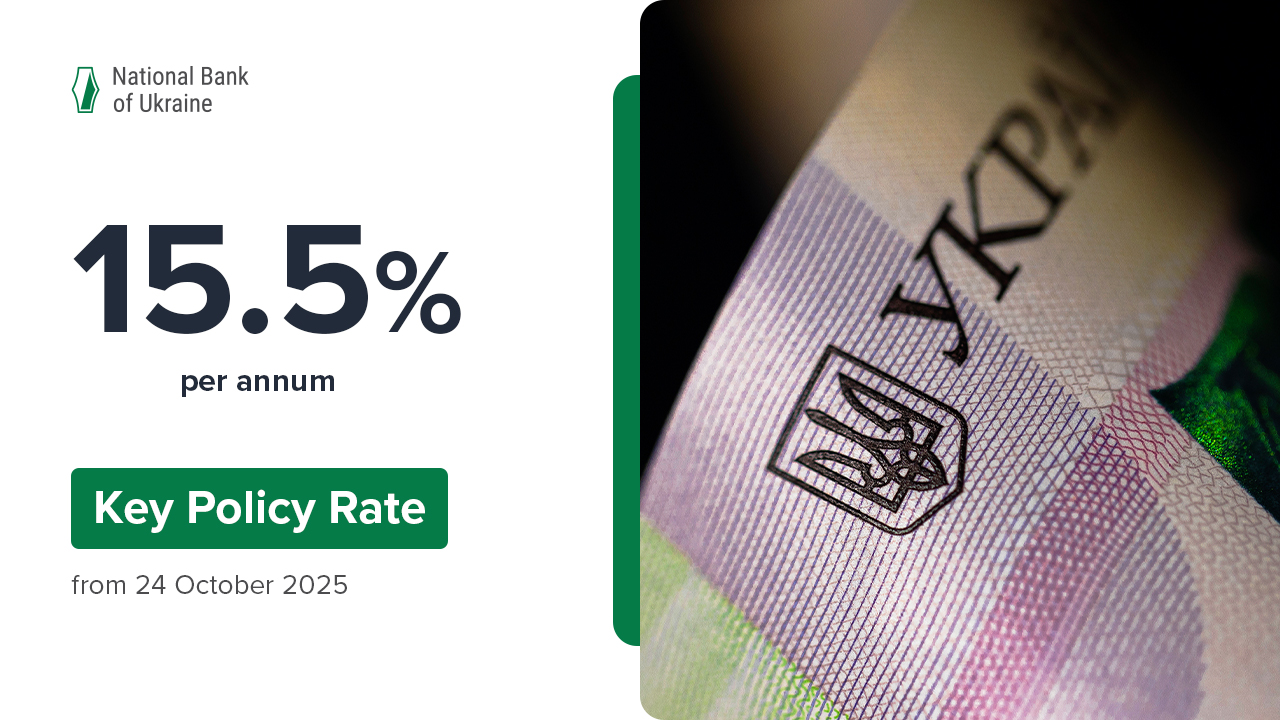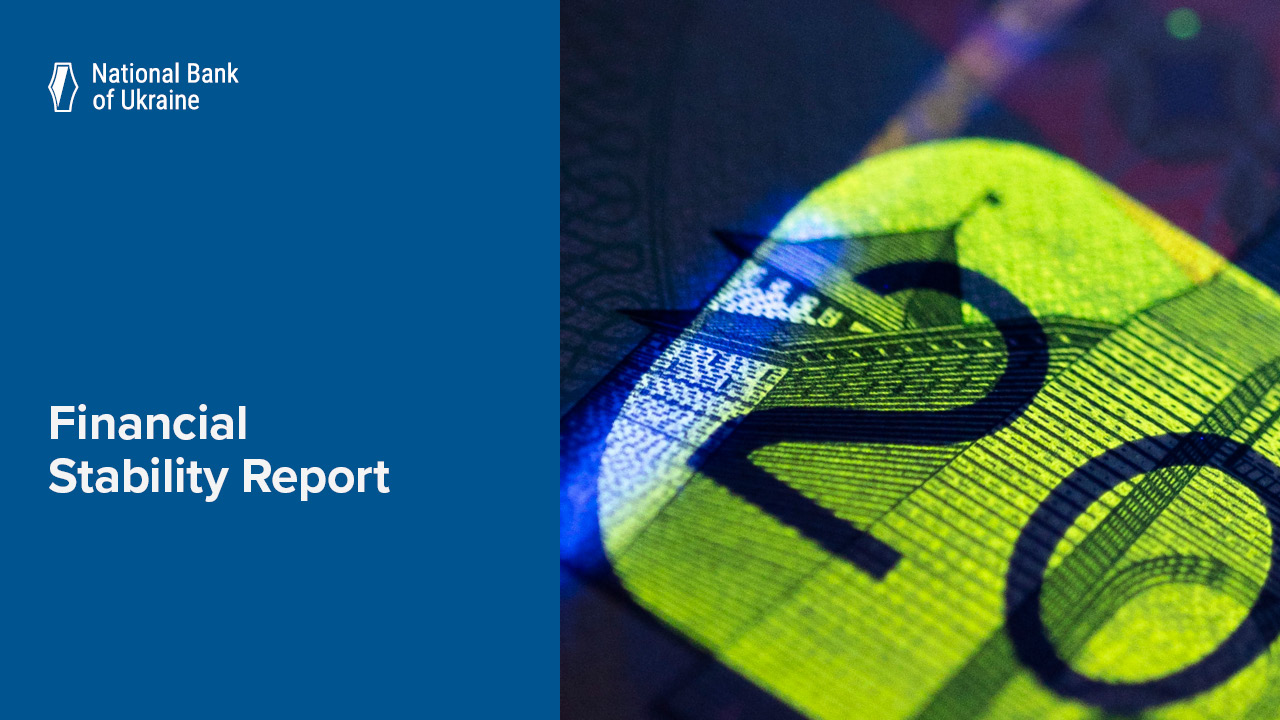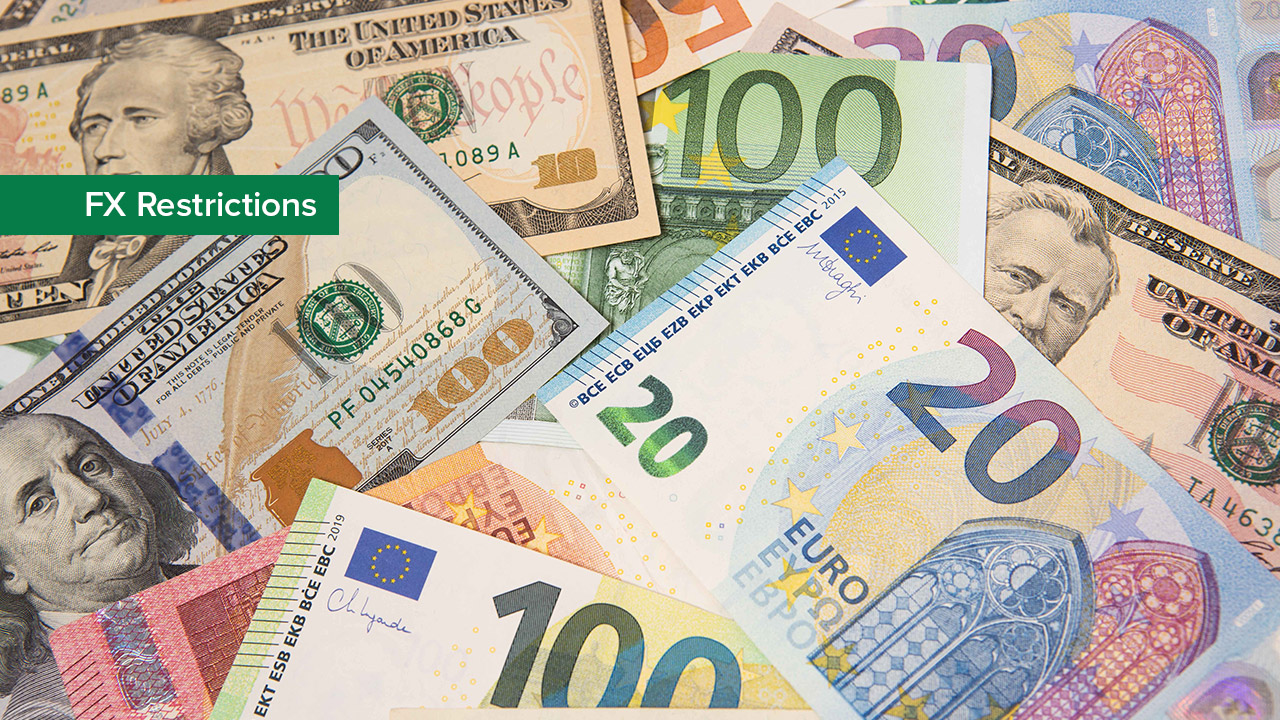I’d like to greet all the participants at our traditional meeting following the Board meeting on monetary policy.
I would like to inform you that the Board of the National Bank of Ukraine continues to pursue monetary policy easing. Today, the Board decided to cut the key policy rate to 16.5%.
Such decision complies with both current trends of inflation developments and the NBU estimates regarding achievement of inflation targets for current and next year.
Steady inflationary pressure reduction, improved inflation expectations and stable situation in the foreign exchange market are the major current trends.
Inflation remains one-digit figure for the second month in a row. It was over 60% a year ago. In May, inflation slowed down to 7.5% y-o-y. Consumer price index increased by 5.2% for the first five months. Such path of inflation slowdown fully complies with our expectations and targets for the year-end.
What did cause such a considerable and long-term disinflation?
Inflationary pressure reduction was of a fundamental nature that confirmed the core inflation slowdown. It was caused by moderate domestic consumer demand, prudent monetary policy and strenthening of hryvnia exchange rate since mid-March. Also, a disinflationary trend was supported by increase of foods supply. Let us look at each factor.
First, domestic demand remains moderate and does not put additional pressure on prices.
Thus, while recovery of the economic growth in Q1 y-o-y, as expected, households consumption remained lower by 2.2% than in the previous year. Households consumption was hindered by low real disposable income and moderate consumer sentiments along with prudent fiscal policy and limited access to bank lending.
In Q2 of the current year, private consumption remained weak according to our estimetes. This is evidenced by the fact that retail trade turnover dropped by 0.7% y-o-y in May.
Consumer sentiments gradually improve but this is not enough to consider households consumption to be a key economy driver. Thus, consumer sentiment index grew to 50.3% in accordance with the business surveys. This is 1.2% more than in April. At the same time, it is even lower than average level in Q1.
Improvements, although insufficiently considerable, are also visible in the labor market. In May 2016, employers demand for new employees slightly resumed compared to April, however, the number of vacancies was lower than a year ago. Due to reduction of the number of registered unemployed, the number of candidates for the same position decreased for the first time in the last two years. But this number still remains too high compared to more calm periods of Ukrainian economy.
At the same time, economic growth accelerated in Q2, according to our estimates. However, foreign trade and investment demand currently ensure revitalization of economic activity. That was favored by improved global commodities markets situation and better enterprise expectations.
According to the preliminary results of business survey, in Q 2enterprises expect revitalization of economic activity in during next 12 months.
Business Index also increased. Currently, it makes 108.5%, and in Q1 it made 98.4%. Cautious optimist prevails in companies of all major industries. Such sentiments are a result of internal political stabilization and agreement with the International Monetary Fund at expert level regarding second review of Extended Fund Facility Arrangement.
Second, foods supply factors also restrained inflation. Thus, prices decreased for vegetable by 13% for the last 12 months due to both wider supply of season delicacies of foods supply and imports. Also, prices for fruit dropped by 16%.
Third, moderate strengthening of hryvnia exchange rate against the backiground of improved situation on global commodities markets also favored the inflation slowdown.
Prices for steel and iron ore are currently higher by 26% and 18%, respectively, than in the beginning of the year.
But, unfortunately, prices for steel after the increase were going down during several months from end-May. Adjustment was a concequence of lower demand for steel in the internal market of China and traditionally lower demand for it in summer in Middle East region and Northern Africa due to Ramadan. At the same time, leading producers, including Ukraine, increased steel output.
Thus, foreign exchange inflows remained significant despite prices adjustment.
Average inflows from nonresident grew from USD 191 million in Q1 to USD 231 million in Q2.
Foreign currency supply increased also in the cash foreign exchange market. The net purchase of foreign currency by households from banks made USD 1.4 billion from the beginning of the year.
Foreign currency supply remained considerable even despite the fact that in June we continied liberalization of anti-crisis administrative limits in the foreign exchange market. As you know, dividend repatriation was allowed from 13 June 2016, and certain companies have already started to take this opportunity.
Simultaneously, foreign exchange demand remained moderate. Payments on import decreased after introduction of deferred demand in the beginning of the year. Natural gas imports almost stopped due to high overplus after heating season. In general, government decision to bring gas prices for the households in line with economically sound level this year has to become an additional stimulus to lower gas consumption within country, and as a consequence a declining need for its imports.
In a result of the mentioned factors, foreign exchange supply continued to exceed demand considerably in May and June. It allowed active purchase of foreign currency to smooth hryvnia exchange rate fluctuations and replenish international reserves. From mid-March, the NBU held 40 foreign exchange auctions and one foreign exchange intervention at a fixed rate.
Consequently, the net purchase of foreign currency by the central bank reached almost USD 1.4 billion over that period. It reached USD 1.1 billion from the beginning of the year.
At the same time, the NBU continued to use a flexible exchange rate leaving an opportunity for moderate exchange rate strengthening caused by fundamental factors as we declared before. As a result, the UAH/USD exchange rate strengthened by 7.4% from mid-March.
Such exchange rate dynamics along with sustained inflation slowdown caused significant decrease in inflation expectations of households and business. It will increase control over prices in future.
What will determine further level of inflation?
The NBU considers headline inflation targets at level of 12% (twelve percent) to be attainable by the end of 2016 and 8% (eight percent) by the end of 2017.
Although today inflation remains one-digit figure y-o-y, we expect that in second half of the year it will approach the target level. First of all, it will take place due to reflection of higher tariffs for public utilities in statistics. But that was already provided by the NBU projections, so it will not require monetary policy responses.
At the same time, domestic demand pressure on headline inflation is expected to be insignificant. Improved prospects for yield crops due to favorable weather conditions are among factors supporting moderate price dynamics. In particular, we assumed the yield crop of to be about 58 million tons in our macroeconomic forecast in April. Currently, surveyed experts forecast this value to increase to 60-61 million tons.
Forecasts regarding harvest of sunflower, sugar beets and other agricultural crops were also revised upwards.
That will not only favor the lower foods prices in the internal market but will also improve foreign trade prospects, and the foreign exchange market, respectively.
In addition, global commodities markets situation will influence the foreign exchange market. Dividend repatriation, which started on 13 June 2016, will not have significant destabilizing influence on the foreign exchange market. Suggested procedure for dividend payments abroad provides that the supply in the foreign exchange market will be sufficient to meet these needs.
Completion of the second programme review under the Extended Arrangement remains a key factor for achievement of price stability over the medium term. Respectively, government proceeded with current reforms, and the Verkhovna Rada supported them.
So, taking current economic conditions and oulined risks into consideration, the NBU Board considers it possible to continue the gradual cut of the key policy rate.
The NBU will proceed with monetary policy easing to support recovery of economic activity when it is not in conflict with achievement of inflation targets. Gradual and moderate easing of monetary conditions will be an economy incentive as lower interest rates will raise demand for loans. But at the same time, our decision will secure inflation from domestic demand pressure as due to availability of moderately high real interest rates, households will transfer fuunds to deposits in domestiic currency.
The next meeting of the NBU Board on monetary policy issues will be held as scheduled on 28 July 2016.
Thank you for your attention!







